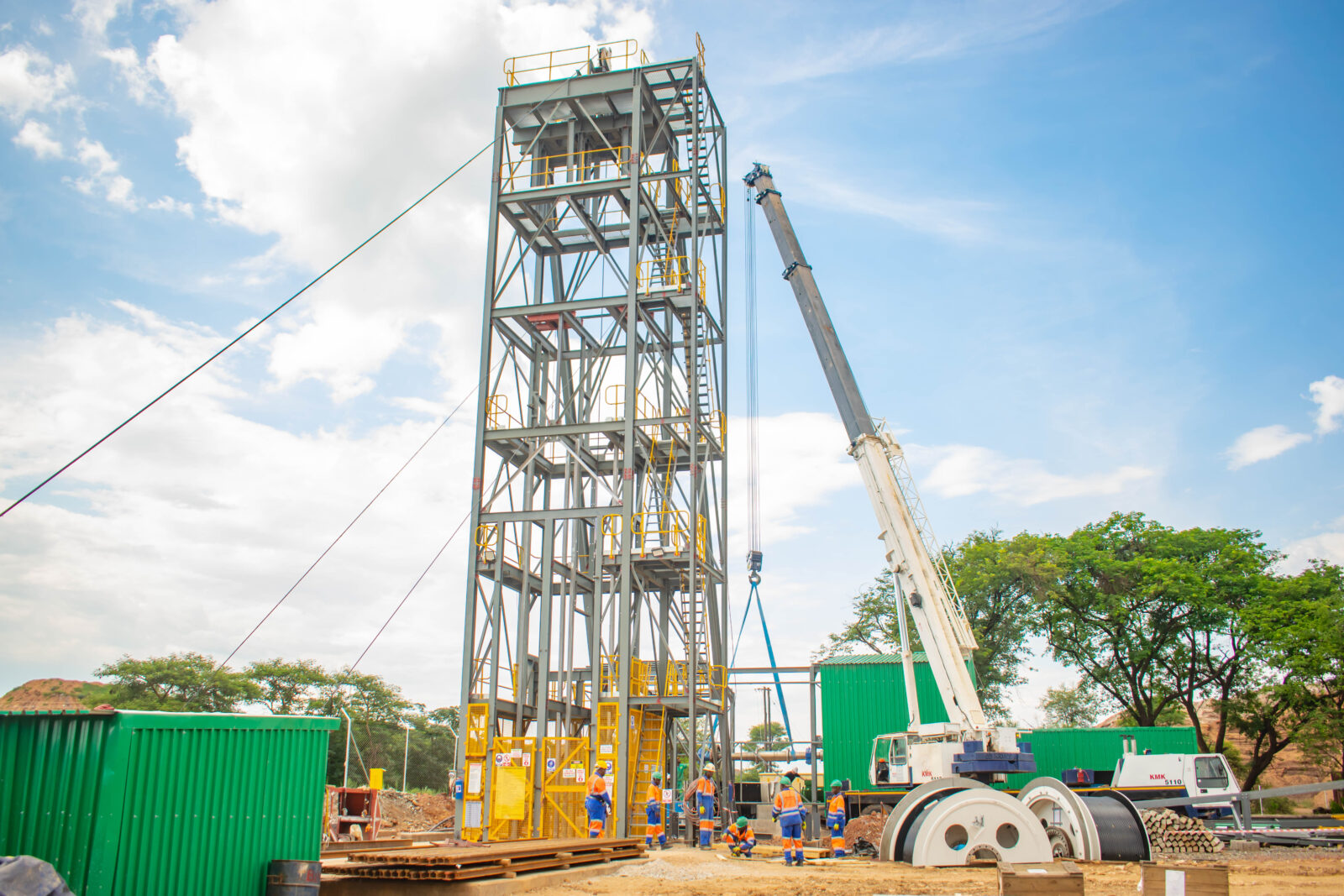Mnangagwa commissions the Pickstone underground project

President Emmerson Mnangagwa commissioned the Pickstone Peerless Gold Mine underground project yesterday, which is projected to produce an average of 100 kgs a month, up from the 40 kgs the mine used to produce from its open-pit mine.
The mine’s transition from open-pit mining to underground mining was encouraged by improved grades averaging 3 grams/tonne, up from 1.8 grams/tonne. The mine invested over US$50 million to build the mine to its current state, with a further US$27 million committed towards expanding the project.
The Pickstone underground project has created 550 new jobs with the potential to create a similar number by transitioning its open-pit mine to underground, with feasibility studies currently underway.
Speaking to Mining Zimbabwe on the sidelines of the mine’s official opening, Zimbabwe Miners Federation (ZMF) Mashonaland West Province Chairman Timothy Chizuzu said the resilience shown by Dallaglio, that mines are not found but built, encourages ASM to develop their mines and cease to mine blindly.
Chizuzu said ASM should adopt initiatives for the development and growth of the small-scale and artisanal mining sector through formalization and standardization to maximize production by emulating Dallaglio’s strategies.
“We are here as small-scale miners learning from our big brothers. As small-scale miners, we see the importance of planning and growing our mines to be professional and commercial. We need to upscale our mines by investing in exploration,” Chizuzu said.
The Deputy Minister of Mines and Mining Development, whose mandate is the growth and development of the small-scale mining sector in Zimbabwe, Eng Polite Kambamura, encouraged miners to mine sustainably to enable future generations to benefit.
“The old miners mined this mine sustainably; that is why the current investor was able to resuscitate this mine because it was mined in a sustainable manner.
“So, we urge other miners to mine sustainably so that future generations can also benefit. In the future, a grade of 0.5 grams per tonne might also be sustainable,” Kambamura said.


